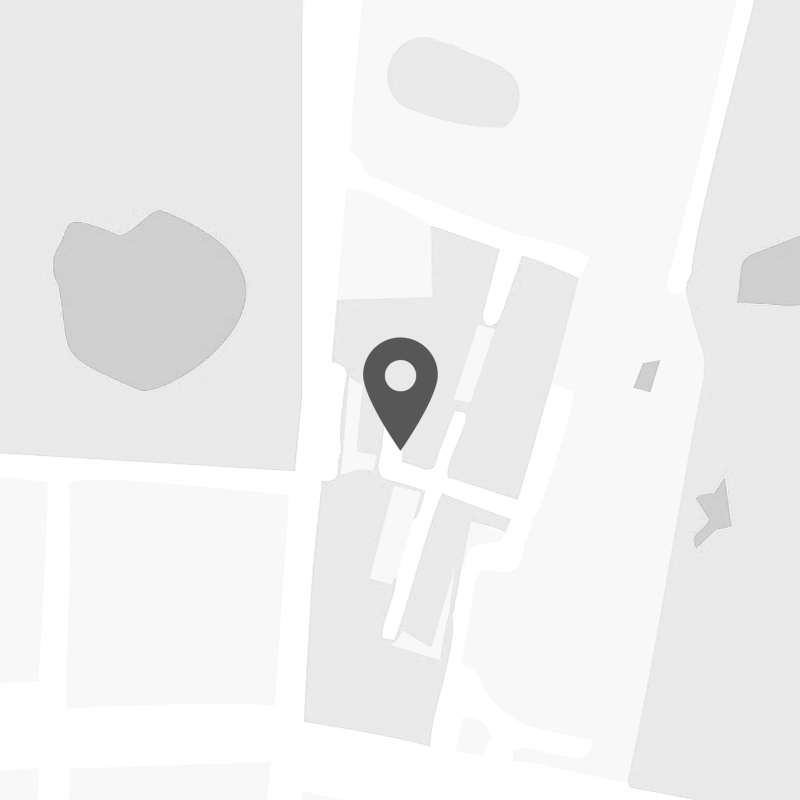Pregnancy, childbirth, and parenting a new baby are major life transitions.
Craniosacral therapy is a therapeutic form of bodywork ideal for helping mums through pregnancy, birth, and beyond. It identifies and releases tension in the skull, neck, spine, sacrum, and the membranes and fluid surrounding them. The gentle, risk-free nature also makes craniosacral therapy safe for prenatal mums, babies, young children.
In this article, you’ll learn about the benefits of craniosacral therapy for babies and pregnant women.

How does craniosacral therapy work for pregnant women?
A variation of craniosacral therapy – known as prenatal craniosacral therapy – can help women through pregnancy. It stimulates the natural craniosacral rhythms needed to regulate the nervous system and relieve tension in the body. This helps the baby move into the correct position by increasing pelvic mobility – essential for a smooth birth. It may also soothe pregnancy symptoms like pelvic pain1, hip pain, ligament pain, constipation, and anxiety.
After birth, postnatal craniosacral therapy gently unravels residual trauma and tension from childbirth, helping you integrate the experience. It speeds up recovery and eases muscular pain that may arise from frequent nursing.
How does craniosacral therapy work for babies and young children?
The position in the womb and the birthing process can cause nervous system dysregulation in babies. Luckily, craniosacral therapy for newborns can be applied almost immediately after birth. Gently manipulating bones and muscles relieves tension and eases colic and sleep disturbances.
Craniosacral therapy for young children encourages healthy development and improves behaviour by calming the nervous system.
When is craniosacral therapy used for babies and children?
Craniosacral therapy can ease a range of symptoms in infants and children, such as:
- Colic
- Constipation
- Digestive problems
- Problems with latching
- Abnormal head shape
- Hip dysplasia
- Ear infections
- Poor sleep
- Allergies
- Issues associated with a traumatic birth
- Developmental delays
Craniosacral therapy for young children may help with anxiety, learning difficulties, and behavioural issues. Research suggests that craniosacral therapy helps children with autism spectrum disorder2 by relieving stress on the nervous system.
How does a craniosacral therapy session work for babies?
When treating babies and children, the therapist begins by taking a health history from the parent or guardian and asking about the birth and postpartum period.
Craniosacral therapy on babies involves using light touch on the head, neck, belly, and lower spine to “listen” to the craniosacral rhythm and identify restrictions. Subtle finger movements release restrictions and regulate the flow of cerebrospinal fluid.
Babies can lie on the bed or sit on the parent’s or therapist’s lap. Parents often feed the baby during the session to keep them calm. Toddlers and older children may play with toys during their treatment.
How long is a craniosacral session, and how many sessions do babies and pregnant women need?
A typical craniosacral session ranges from 30-to 90 minutes. However, therapists ensure there’s time for nappy changes, feeding, and regular breaks.
Babies and children usually respond quickly, and changes are visible after just one or two sessions. For example, one and three 30–40-minute craniosacral therapy sessions over two-weeks may significantly improve crying and sleep in colicky babies3.
On the other hand, pregnant women may need regular sessions during their pregnancy to keep symptoms at bay.
Final thoughts
Craniosacral therapy is a fantastic tool for helping you through pregnancy and setting your baby up for a lifetime of good health.
Find a qualified prenatal and infant craniosacral therapist by searching our Treatwiser Directory.





